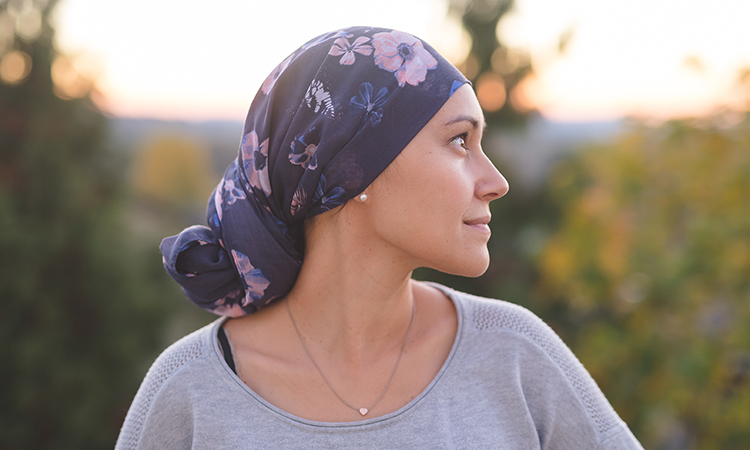
Inflammatory breast cancer is a rare, aggressive form of breast cancer accounting for 1-5 percent of all breast cancer diagnoses in the United States. It can develop rapidly within a few weeks to months and often mimics a breast infection. A hallmark sign of inflammatory breast cancer is thickened skin overlying the breast tissue, resulting from tumor cells invading and blocking the dermal lymphatics. Treatment requires a multimodal approach, including expertise in medical oncology, surgical oncology, and radiation oncology.
Signs and Symptoms
- Common symptoms of inflammatory breast cancer include skin redness, warmth, and thickening of the skin, resembling the texture of an orange peel (peau d'orange).
- These symptoms are similar to those associated with breast infections, making it difficult to distinguish between the two.
- Occasionally, a mass may be felt in the breast or under the arm.
Diagnostic Workup
A careful and thorough diagnostic workup is necessary for a potential inflammatory breast cancer case. At Breastlink, we use various diagnostic tools to help confirm or rule out this diagnosis:
- A careful history and physical exam are essential, along with imaging such as mammograms and ultrasounds.
- In some cases, a breast MRI can help identify breast disease.
- If an infection is suspected, an ultrasound can determine if a discrete abscess or collection of pus is present. If an abscess is detected, a Breastlink physician will drain the collection in the office on the same day, and the fluid or pus will be sent for culture examination (for bacteria, fungus, etc.).
- Since inflammatory breast cancer can mimic a breast infection, a short course of antibiotics is often given initially to differentiate these disease processes. Infections improve with antibiotics, while inflammatory breast cancer can briefly appear better but often returns. Careful follow-up is mandatory.
- Misinterpreting inflammatory breast cancer for a breast infection is a common mistake. It is essential to have dedicated breast specialists review each patient's case.
Biopsy
Tissue sampling is often needed to aid in the diagnostic workup. At Breastlink, we strive to do this in a timely manner to avoid any delays in diagnosis and treatment.
- A skin biopsy can be performed in the office using a punch biopsy device. Local anesthesia is given, and a biopsy is taken of the skin and tissue just beneath the skin. With inflammatory breast cancer, tumor cells can often be seen in the lymphatics of the tissue beneath the skin.
- If a mass is seen on ultrasound, a core-needle biopsy of the mass can be performed in the office to identify if cancer is deep within the breast tissue.
Treatment
The standard treatment for inflammatory breast cancer requires a combination of chemotherapy, surgery, and radiation. At Breastlink, we utilize specialists in each of these areas to provide comprehensive treatment. Our medical oncologists will administer chemotherapy to shrink the tumor and help treat the disease in both the breast and the skin. Our surgeons will surgically remove the tumor, typically with a mastectomy and removal of lymph nodes under the arm. We also utilize radiation oncologists after these medical and surgical treatments are complete.

